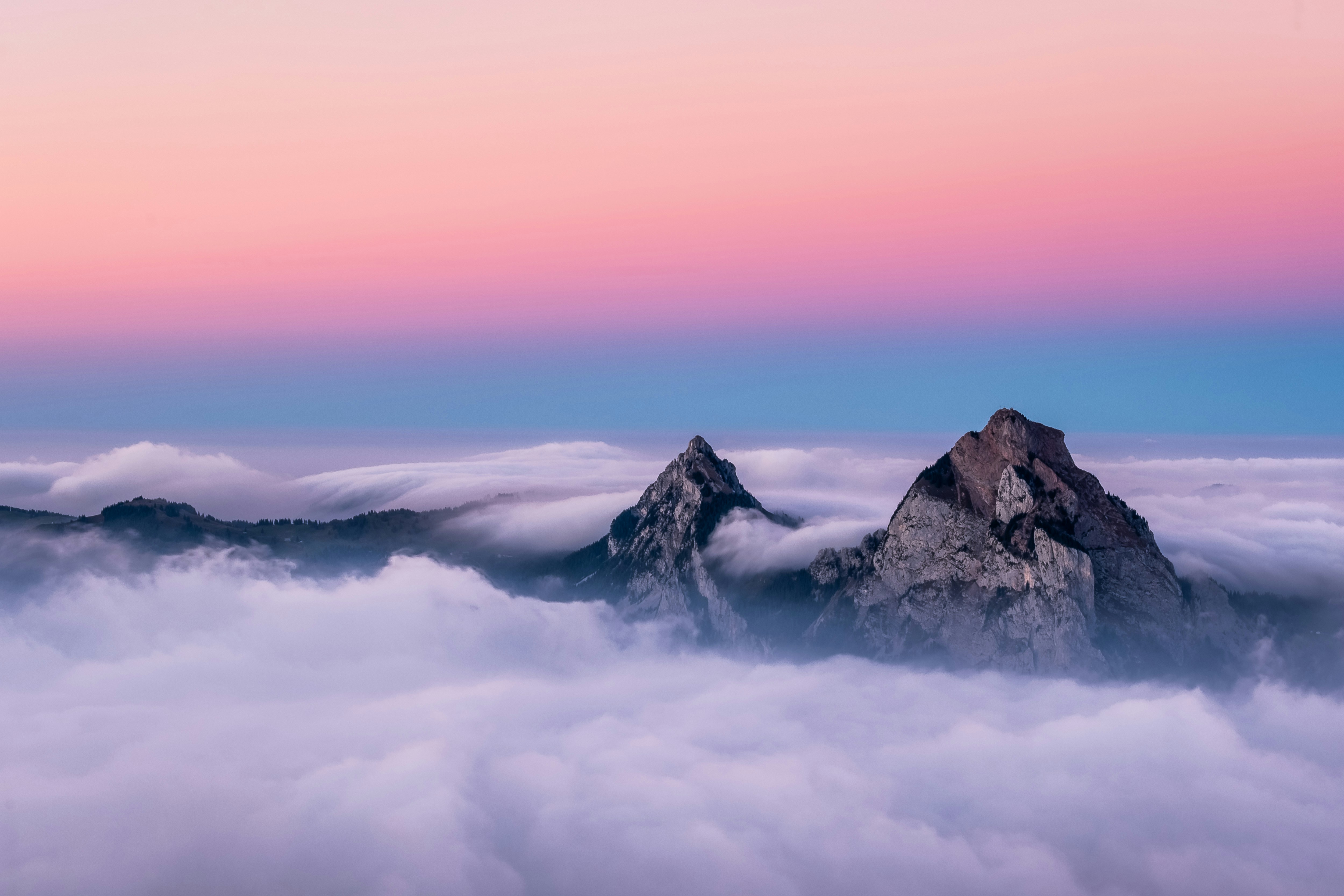Party Scene
Party Scene
How do you describe scene?
Describing a party scene entails capturing the atmosphere, the folks, and the emotions that fill the house. Here’s a breakdown of how to successfully convey this vibrant environment:

Elements to Include
- Setting: Describe the location, sort of celebration, and time of day. Is it indoors or outdoors?
- Lighting: Mention the ambiance created by lights, such as dimmed lights, disco balls, or candlelight.
- Music: Note the style of music playing and how it enhances the temper of the gathering.
- People: Illustrate the friends' apparel, interactions, and overall power. Are they engaged, dancing, mingling?
- Food and Drinks: Include details about refreshments available. Are there cocktails, snacks, or a buffet?
Imagery and Sensory Details
Invoke the senses to make the scene come alive:
- Sight: Use vivid descriptions to color a picture of the vibrant colours and decorations.
- Sound: Capture the sounds of laughter, chatter, and music that mix together.
- Smell: Mention the fragrant scents from food, drinks, or candles.
- Touch: Describe the feel of the atmosphere—whether it is heat, energizing, or electrical.
- Taste: Share thoughts on the flavors of the food or drinks being enjoyed.
Emotional Tone
Reflect the feelings current within the scene:
- Is there a sense of excitement or pleasure amongst the guests?
- Are there intimate moments shared between friends or couples?
- How does the overall energy contribute to the memorable expertise of the party?
By focusing on these parts, sensory particulars, and emotional tones, you can vividly describe a energetic celebration scene that captivates the reader’s creativeness.
Why is it called after party?
The time period after party refers to an occasion that takes place following the main event or celebration. It is usually a extra informal gathering the place attendees can unwind and continue socializing.
The idea behind the name is rooted in the concept of extending the celebration beyond the primary festivities. While the primary celebration usually contains leisure, structured activities, and a bigger crowd, the after celebration tends to be more relaxed, with a special atmosphere.
Origins of the Term
Historically, after parties have been related to significant social occasions, similar to weddings, live shows, or major celebrations. Guests usually transfer to a secondary location where they will enjoy a extra intimate setting, permitting for deeper connections and conversations.
Modern Usage
In contemporary tradition, after events have become well-liked in nightlife and leisure scenes, usually that includes DJs, drinks, and socializing till the early hours of the morning. They serve as a method for visitors to continue the experience, celebrating and bonding in a more relaxed environment.
What do we call a scene?
A scene, particularly in the context of a celebration, may be referred to as a celebration moment. It encapsulates the ambiance, feelings, and interactions that take place in the course of the occasion.

Party scenes are often characterized by:
- Vibrant decor that units the mood
- Energetic music that invitations dancing
- Social interactions among guests, fostering connections
- Culinary delights that tantalize the taste buds
Overall, a party scene could be considered as a dynamic tapestry of joy, 하이오피 creativity, and togetherness.
Comments
- 글이 없습니다.






